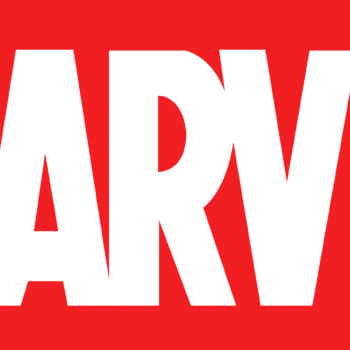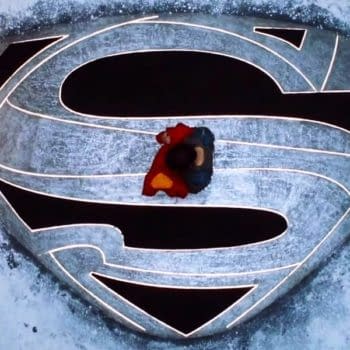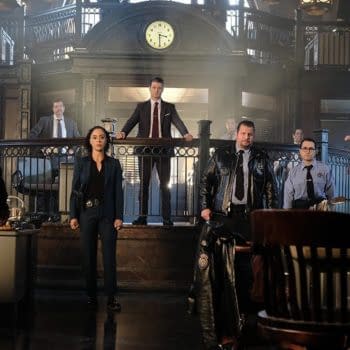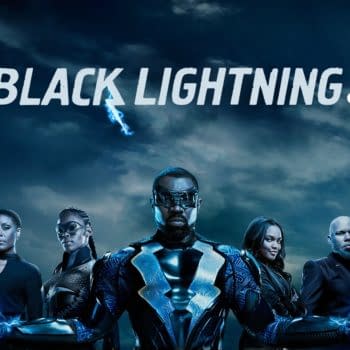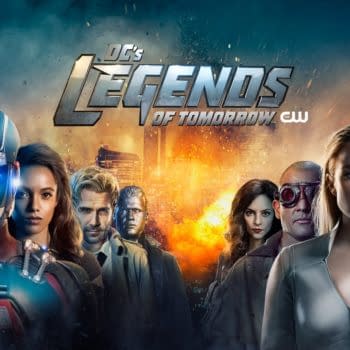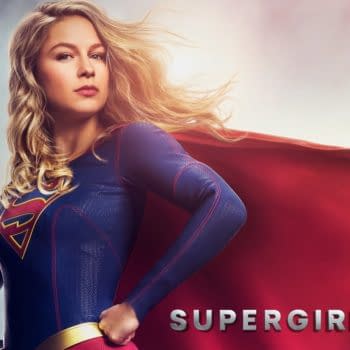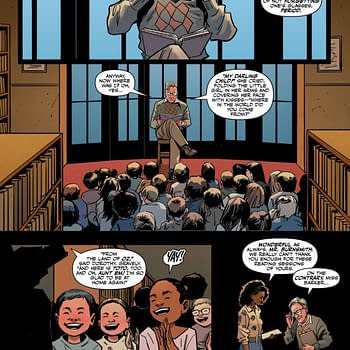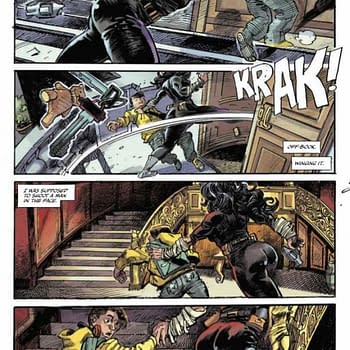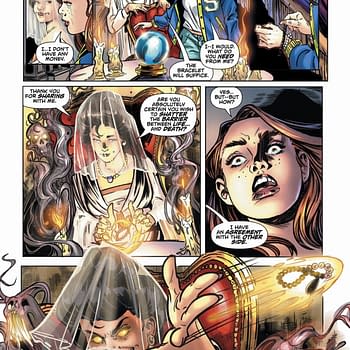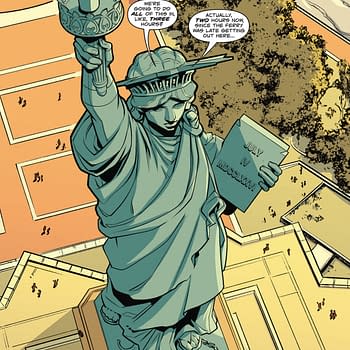Posted in: Comics | Tagged: Army of Darkness: Furious Road, Comics, dynamite, entertainment, Kewber Baal, Nancy Collins
Army Of Darkness: Furious Road Is Nancy Collins' Love Letter To The Evil Dead Franchise
Nancy Collins talks Army of Darkness: Furious Road #5 (of 6), on sale in July from Dynamite. The cover is by Gabriel Hardman.

NANCY COLLINS: Yes, I do. I've experienced very little studio interference (knock wood) on these scripts. What you're reading is exactly what I wanted—a straight-up love letter to the Evil Dead franchise, as well as grindhouse horror cinema of the 1970s and post-apocalyptic films of the 1980s such as Werewolves On Wheels (1971), Lamberto Bava's Demons (1985), A Boy And His Dog (1975), Cherry 2000 (1987), Escape from New York (1981), Re-Animator (1985) and Night of the Comet (1984).
BB: What is it about this franchise you enjoy so much? How did that help inspire this new "Furious Road" take?
NC: I've always gotten a kick out of the way the Evil Dead/Army of Darkness franchise mixes the extremes of horror and comedy. It's not every day you see Lovecraftian terror combined with Three Stooges slapstick. Once I understood Ash is a square-jawed pulp hero strained through Buster Keaton and Harold Lloyd's tube socks, I fell in love with the series.
BB: How do you meet the challenge of Ash's "comedy" and the very horrific drama of Dracula in one book?
NC: It's just a matter of tone, not to mention the characters themselves. What happens to Ash definitely qualifies as genuinely horrific drama, but how he reacts to his situation and surroundings creates the dark humor that is the trademark of the franchise. I love writing his dialogue—I have several friends who talk just like him (hell, so do I, on occasion) so it hasn't been a stretch on my part. Toots.
BB: Even though there have been dozens of Army of Darkness stories written for comics, would you say that trademark dark humor is more easily conveyed in film as opposed to comic books? If so, how do you circumvent that with only the written word and communication with your artist?
NC: Film has immediacy and movement, not to mention timing, all of which are necessary for slapstick. So that just leaves me with words/dialogue and weird/extreme imagery in my arsenal. Hence Ash's wise cracks and such darkly comic scenes such as the brigade of 'Mini Ashes' attacking the Frankenstein Monster ala the Liliputians in Gulliver's Travels, which leads to Ash walking around with the Monster's head tucked under his arm, looking for a suitable body to duct-tape it onto.
BB: If you were not known for your monsters, you are now, and Eva seems to be a favorite? Why the fascination?
NC: Well, in between my own Sonja Blue character and my stint on Vampirella, I've got a long history of writing strong female vampires who are also vampire-slayers. It was only natural that I would take to the Daughter of Dracula, who sort of fits in that category.
BB: Especially in this adventure, Nancy, what is it that makes Eva stand out from those characters you mention? What did you try to instill in her in this tale that really sets her apart?
NC: In Eva's case, what sets her apart from Sonja Blue and Vampirella is her messed up relationship with her father. Eva's hatred of Dracula is pathological, and I portray it as such. Her distrust of her father is her greatest weakness, and proves so extreme it unintentionally leads to the deaths of several of her friends and, very possibly, dooms the entire world.
BB: Can you compare her to your own creation, Sonja Blue?
NC: Both Sonja Blue and Eva had no say in being what they are. In Sonja's case, she was the victim of a vampire attack who died on the operating table, but was revived by modern medicine and now has a demonic entity trapped within her. Eva, on the other hand, was born as a result of her father bartering his soul for her life. She is wracked with immense guilt knowing that, because of her, Dracula has been inflicting evil on mankind for over five hundred years. Both are determined to make the son of a bitch responsible for robbing them of their humanity pay, even if it means killing every vampire in the world to get to them. But of the two, Sonja Blue is probably the more dangerous, as she doesn't have a benign counterbalance like Eva does with "Big Mike" and must combat the dark influence of the vampiric Other that shares her body by herself, and sometimes succumbs to her darker nature.
BB: How has it been working with artist Kewber Baal? Do you guys communicate much?
NC: It's been wonderful! Kewber and I talk on Facebook on a daily basis, discussing the best way to realize the scripts. It helps that Kewber has an instinctive understanding of the story I'm telling, which makes this one of the best, and easiest, collaborations of my career. I'm hoping this series will make American fans more aware of his work.
BB: Any tidbits for the conclusion of this tale you can give us? It has certainly been a wild ride!
NC: I wanted to combine the major elements of exploitation cinema that Army of Darkness is rooted in: Action, Horror, Science Fiction, and—Black Belt Theater! Yes, Ash goes Wu Tang on the Deadites in the last issue. It's not a proper grindhouse tribute until you've got everyone kung fu fighting!
For more information on Army of Darkness: Furious Road, click here.



